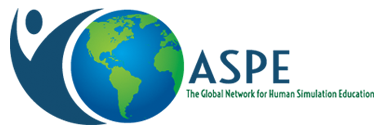How to Identify, Address and Report Students’ Unprofessional Behaviour in Medical School
Lead Author: Marianne Mak-van der Vossen
Submitted by: Kathy Herzberger, Loma Linda School of Medicine
This AMEE guide provides a research overview of the identification of, and responding to unprofessional behaviour in medical students. It is directed towards medical educators in preclinical and clinical undergraduate medical education. It aims to describe, clarify and categorize different types of unprofessional behaviours, highlighting students’ unprofessional behaviour profiles and what they mean for further guidance. This facilitates identification, addressing, reporting and remediation of different types of unprofessional behaviour.
